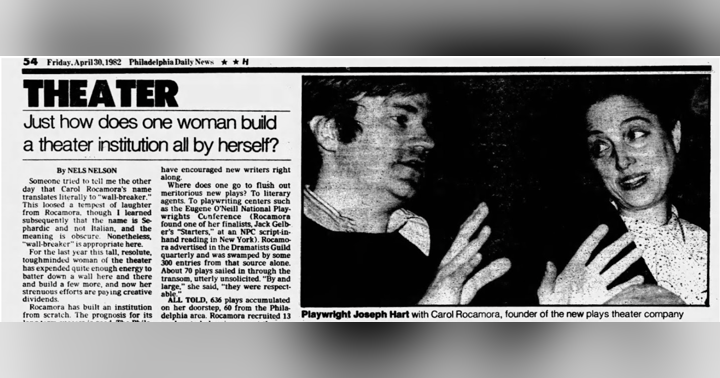
Above, Illustration of Edwin Booth as Richard, in an engraving published in Booth's own acting edition of the play in 1872.
Edwin Booth first played Richard III at Philadelphia's newly-built Academy of Music on Tuesday August 24, 1863 - as we can see the poster from the collection of the Historical Society of Pennsylvania, below.
The evening went well. "The house was radiant with the beauty and intelligence of the city to witness Mr. Booth as 'Richard III'," reported the Philadelphia Inquirer. "It is needless to say that he sustained his reputation, since this piece is one in which he is always eminently successful."

“EDWIN BOOTH has not performed in Philadelphia for several years,and will be cordially welcomed by his many admirers, including the writer of these lines,” continued the reporter, who claimed to have first seen a 19-year-old Booth on stage in California back in 1852, and that “we fancied at the time we saw the fire of intuitive genius.”
Since that day, enthused the reporter, Booth “has received honors unequaled in number and splendor.” And he hoped that while they had the chance to see him at the newly-built Academy, all Philadelphians “who glory in acting of the first order will not fail of visiting this gay and beautiful theatre during the brief regime of MR. CLARKE.”


Below, the tunic Edwin Booth wore as Richard - which you can see him wearing in the print at the very top of this post. It is now in the collection of the Folger Shakespeare Library.

Significantly, like Booth, Arneaux did not surround his performance with after-pieces or variety acts. In the post-Civil War era, Shakespeare's plays were now expected to be performed as the sole entertainment of the evening. Their appeal was no longer to the broadest audience possible, but to an increasingly educated and well-heeled section of the public. This formula would work well for Booth, a white actor from a famous family who died a very wealthy man. But attempting to follow in Booth's footsteps would only lead the ambitious and striving Arneaux to frustration and a professional dead end.









